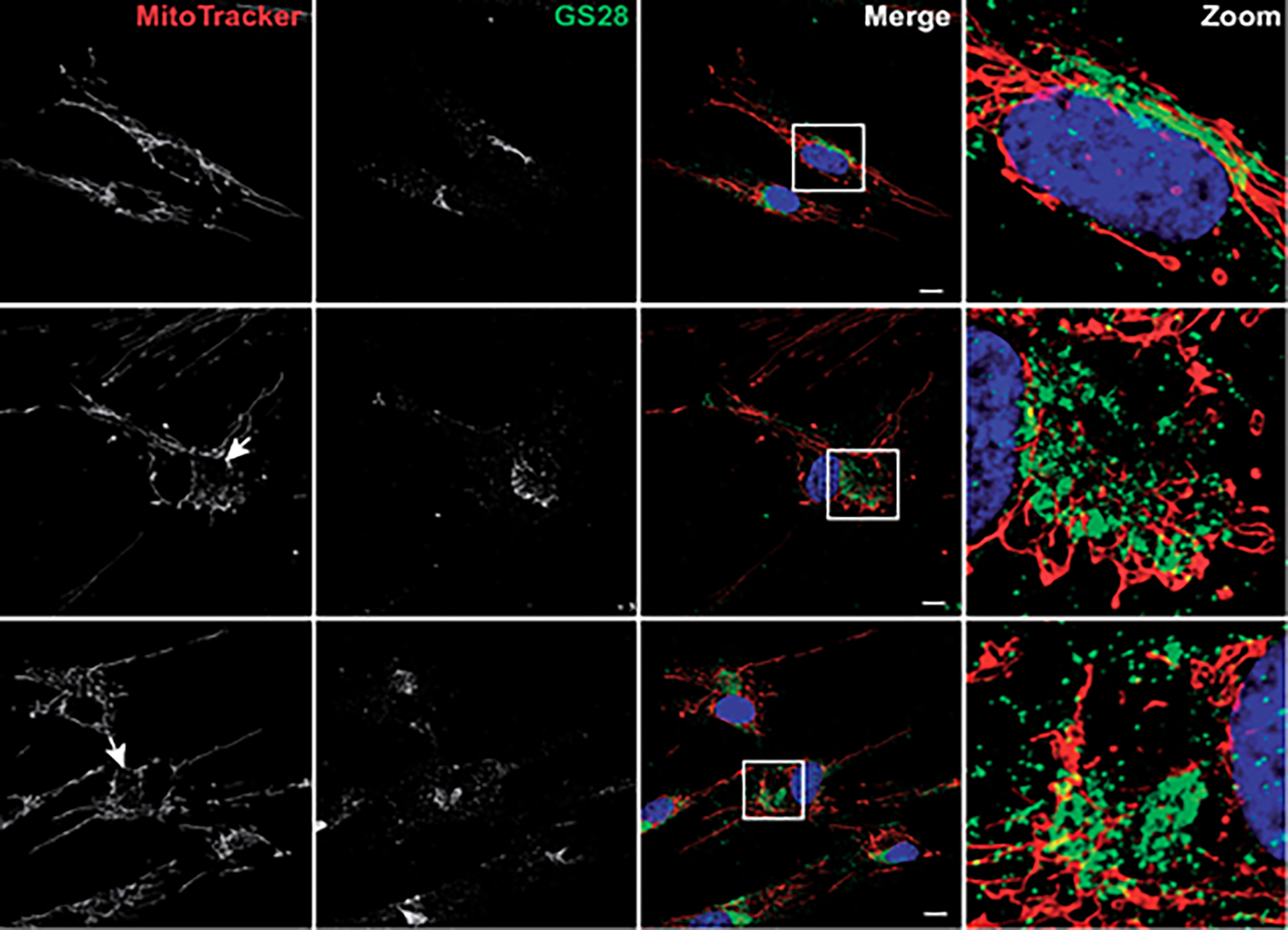New study finds loss of Sacsin effects organisation of the cells cytoskeleton
ARSACS Foundation funded scientists at Queen Mary University of London, McGill University and Università Vita-Salute San Raffaele have just published a research paper in the journal Human Molecular Genetics, which looks at the cytoskeleton in cells cultured from ARSACS patients.

The study, published in Human Molecular Genetics, was conducted using skin cells cultured from ARSACS patients and cells where genome editing was used to knock-out sacsin. Advanced microscopy approaches were also used to observe cellular architecture, whilst molecular biology techniques were used to analyse how cellular systems involved in the removal of cellular components were effected.
The research has further defined the molecular pathogenesis of ARSACS, a childhood onset disease where patients suffer reduced manual dexterity, speech difficulties, increasing problems with walking - such that they normally require a wheelchair - and decreased life expectancy. Moreover, the research may also give insights into neurodegenerative and other diseases where intermediate filament abnormalities are a feature.
Professor Paul Chapple from QMUL's William Harvey Research said: “We have identified a cytoskeletal phenotype in skin cells from ARSACS patients. This is important as it should be possible to use this cellular phenotype as a readout in assays to screen for drugs that could have potential therapeutic benefit for ARSACS”.
Further information
Research paper: ‘Altered organisation of the intermediate filament cytoskeleton and relocalisation of proteostasis modulators in cells lacking the ataxia protein sacsin', by Chapple P, et al. Human Molecular Genetics.